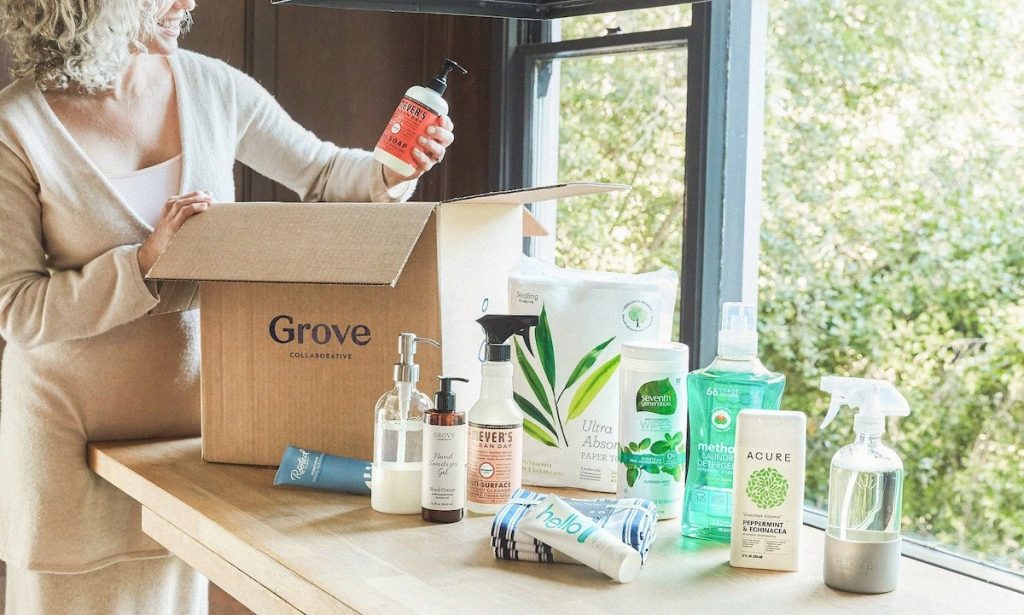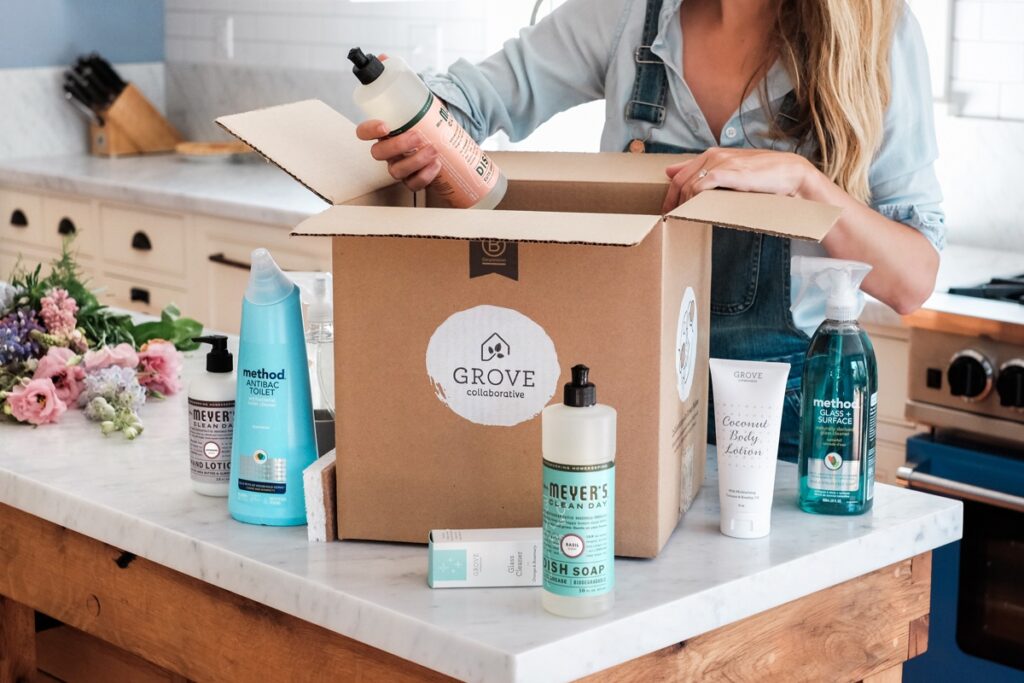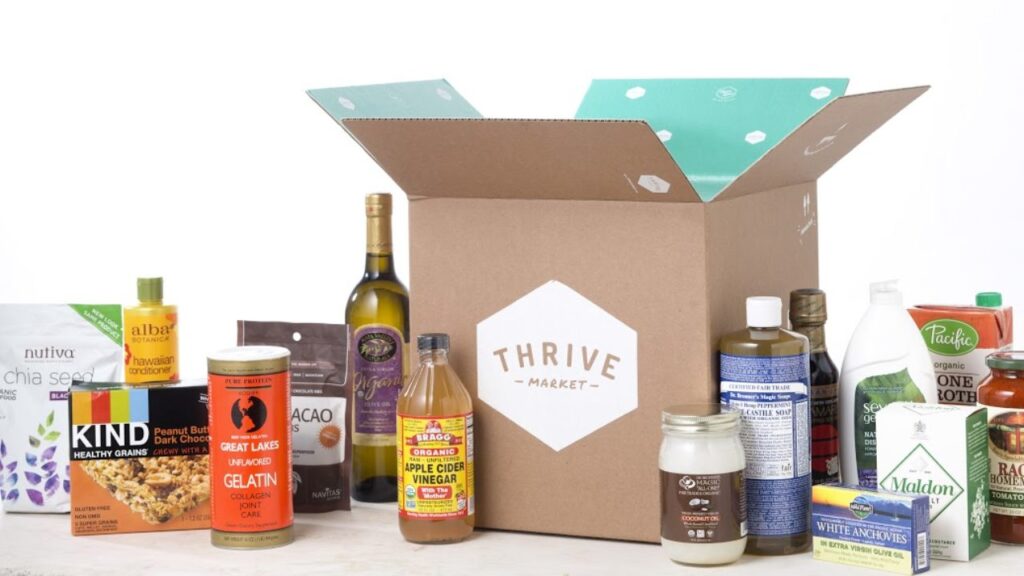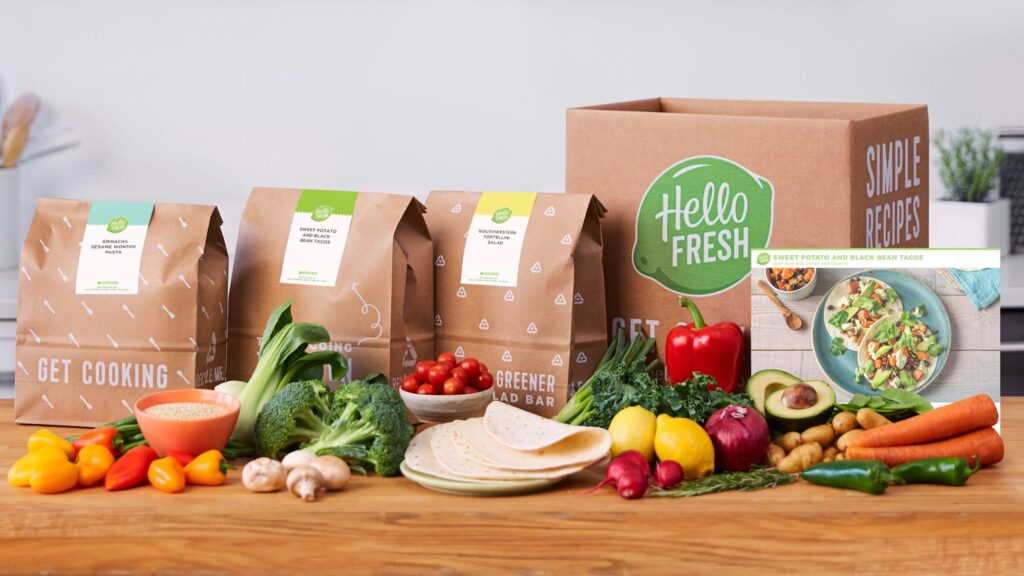
Brand loyalty is more important than ever. The eCommerce boom during the pandemic provided digital businesses with an opportunity to engage with a much larger population of online customers. According to Digital Commerce 360, eCommerce increased by 32 percent during 2020 and continued to climb by almost 40 percent in the first quarter of 2021. Even better, marketers expect new eCommerce buyers to continue to shop online as they learn to enjoy convenience, the ease of comparing prices, and other benefits.
At the same time, the boom attracted more sellers and aggressive marketing from existing sellers. Even more, regulations and uncertainty have started to impact the way that companies can track customers. Thus, Shopify’s report on eCommerce trends predicted a surge in new customer acquisition costs and in turn, a heavy focus on building customer loyalty. After all, it’s almost always much cheaper to market to loyal customers than to attract new ones.
Three Effective eCommerce Marketing Tips to Grow Consumer Brand Loyalty
With increased customer acquisition costs and competition in mind, find out how the most successful, growing businesses have encouraged their customers to return for repeat sales.
1. Subscriptions
As discussed in this previous post about subscription boxes, subscriptions can enhance the customer experience with convenience and discounts while greatly improving retention. Obviously, subscriptions work best with the kinds of products that people consume and need to replenish. Since the market for subscriptions has already grown competitive in some markets, businesses might explore niche opportunities and ensure customer trust and satisfaction with flexible subscription offerings that are easy to use, modify, and even cancel.
As an example, Grove Collaborative attracted both customers and investors with their subscriptions for all-natural, home essentials, like cleaning and personal grooming products. They focused narrowly on the growing market for natural home products and offered more personalized services than such giant competitors as Amazon. Besides selling other brands, they also market their own brands. Customers appear to enjoy the product selection and find the service convenient, affordable, and flexible.

2. Membership programs
Membership programs can help promote a sense of exclusivity while building a community. Sam’s Club and Costco probably represent the most famous examples, and according to Investopedia, both of these retail memberships help these two companies generate additional revenue and promote loyalty. After all, if the customer paid for membership, they will probably feel motivated to use it.
Thrive Market offers a contrasting example of retail membership plans. The company provides a low-income family with a membership for every fee they collect from a regular customer. They’re also bonding with socially responsible customers by asking for charitable donations at checkout.
According to the Thrive website, they have donated over $1.5 million to such worthy causes as disaster relief and food access programs. Besides, they offer new members their choice of a free gift with a new membership. Unlike Sam’s Club and Costco, Thrive Market appears to use its membership as a way to build loyalty and accomplish their socially responsible mission and not to collect extra revenue.
Customers who seek the sort of healthy, sustainable food that Thrive Market offers will probably not hesitate to purchase a modestly priced membership when they know that the money will help others and entitle them to a free product. Members will probably feel proud to tell others about the opportunity as well, which can help with word-of-mouth advertising.

3. Loyalty discounts and rewards
Programs that use discounts to reward loyalty and lure lapsed customers back have proven extremely successful. Harvard Business Review made the point that since it’s cheaper to keep customers than find new ones, loyalty discounts can also serve to help pass some savings back to customers.
HBR also mentioned that these sort of discount rewards programs work best when they offer the most value to the most valuable customers. In other words, the value offered should reflect the customer’s long-term value. A discount and email strategy that helps keep the brand top-of-mind for those most valuable customers aware of discounts, new offers, and other offers should produce the best returns.
How HelloFresh uses discounts to increase customer value
As one example, HelloFresh originally suffered in the U.S. marketplace because of high operational and customer acquisition expenses. HelloFresh has taken various steps to lower operational costs, though some of this might just take time. Since they’re vertically integrated from sourcing food to shipping, they may need years to cover the massive investment in operations and infrastructure.
As for customer acquisition costs, they focus on using discounts to encourage their members to order more. They offer flexible meal plans by subscription. The fee depends on the number of servings ordered. Plus, the plan lets customers choose the kinds of meals, various recipes, and even to skip weeks when they may not need the service. Mostly, the cost of each meal drops considerably as customers order more meals.
For instance, ordering four meals a week for two people costs an average of $4.49 per serving. In contrast, upping that to four servings for four meals drops the average price to $3.74. Customers see that and might decide that it’s worth it to order enough for supper and lunch the next day, even if they only need two servings per meal. They also offer additional discounts to select groups of people they hope to court as long-term customers, like students, military and veterans, and healthcare workers.

Work with an Experienced Customer Acquisition Company to Improve Customer Loyalty
Subscriptions, membership programs, and loyalty discounts can all work to build brand loyalty, reduce the burden of attracting new customers, increase order sizes, and even to enhance the brand. At the same time, successful companies need to understand exactly what programs will appeal to their typical customers and in particular, how to use their programs to focus on retaining the customers that bring them the most value.
As an experienced eCommerce marketing agency, Bigeye will take the time to learn about their client’s business model, typical customers, and overall goals and pain points. In turn, they can help develop the kinds of loyalty programs that will optimize revenues, profits, and of course, the number of valuable and loyal customers.
Get started today by contacting Bigeye to discuss your business.



